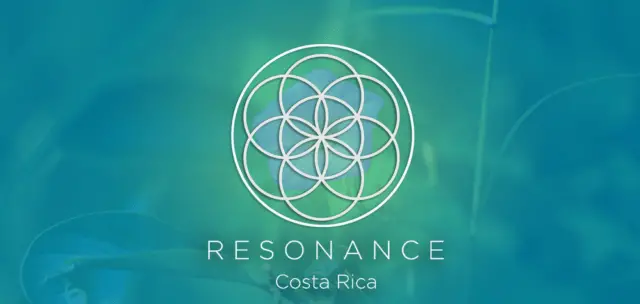Four new tide gauges valued at more than $90,000 were donated to the Sea Level Network of the National Tsunami Monitoring System of the National University (Sinamot-UNA).
Four new tide gauges valued at more than $90,000 were donated to the Sea Level Network of the National Tsunami Monitoring System of the National University (Sinamot-UNA) to strengthen tsunami detection and continuous sea level monitoring along the country’s coasts. This donation was made possible thanks to the support of the European Union through the Spanish Agency for International Development Cooperation (AECID) and the Acción Proyectiva project.
This expansion represents a key advance in the country’s scientific and technical capacity to respond to coastal emergencies. According to Silvia Chacón, coordinator of Sinamot-UNA, these instruments allow for “validating prediction and forecast models to define tsunami inundation areas and arrival times in the event of an emergency,” which translates into greater preparedness and safety for coastal communities.
“This project is very important because it is financed with funds from the European Union and aims to support the Costa Rican government in obtaining data that informs about climate change and can provide warnings if action is needed,” said Christine Follana Kerfant, head of the European Union project, during the technical visit to the Puntarenas cruise ship dock on March 17, where the first of the equipment has already been installed.
Each tide gauge includes a satellite antenna, solar panels, an energy storage system, and radar and pressure sensors to measure sea level. “They measure sea level every 10 seconds, average the data every minute, and transmit those six data points via satellite every six minutes. So it’s in real time,” Chacón explained.
The Puntarenas cruise ship dock was chosen because it had the appropriate infrastructure. “It has to be a dock that is a solid, firm space, where the station doesn’t suffer external movements, since the only thing it measures is the movement of the sea,” explained José Ángel Vega of Sinamot-UNA, who was in charge of the installation.
In the coming weeks, the three remaining units are expected to be installed in Golfito, Cuajiniquil, and Puerto Jiménez. With this, Costa Rica will now have seven tide gauges: one in the Caribbean (Japdeva dock, Limón) and six on the Pacific coast. “This allows us to collect a huge amount of information on how the country’s coasts physically respond to tsunamis and will allow us to validate models,” Chacón stated.
Sea level data is not only essential for detecting tsunamis, but also for assessing long-term changes due to climate change. “Maintenance is performed at least once a year to ensure the data can be used to monitor the effects of climate change,” the specialist concluded.

